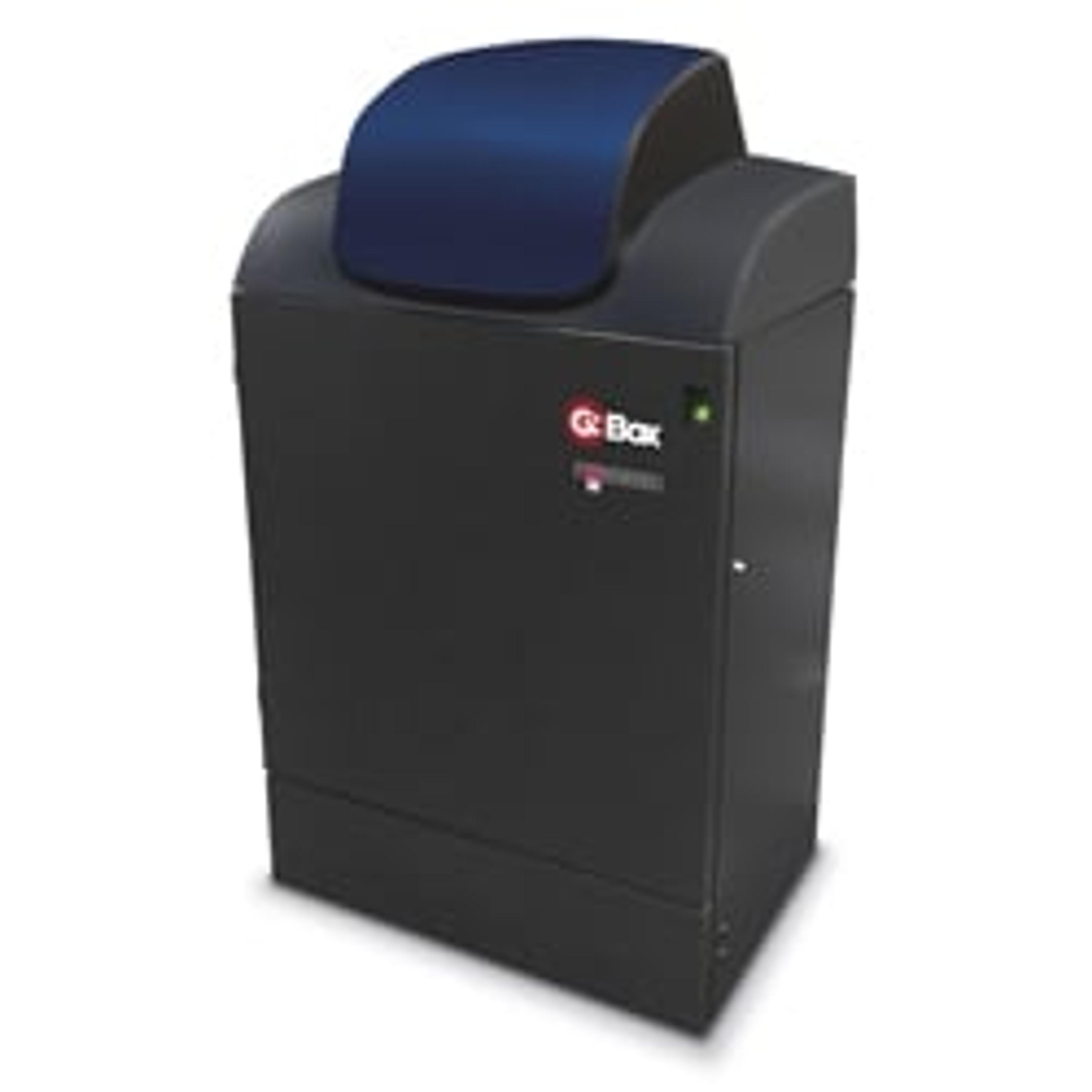Syngene Announces its Dyversity System is being used at Leading European Cancer Research Centre
4 May 2010Syngene announces its Dyversity multi-application image analyser is being used by scientists in The Cancer Research UK Cambridge Research Institute (CRI) at the University of Cambridge. This is one of Europe’s major cancer research hubs and it is being used to accelerate the pace of research on proteins and DNA associated with a variety of different cancers.
Researchers at The Cancer Research UK Cambridge Research Institute (CRI) are using a Dyversity system to accurately analyse fluorescent and chemiluminescent Western blots labelled with various Qdot®s and ECL respectively. They are also using the system to image agarose gels containing DNA stained with SYBR® Safe DNA gel stain. The information from the gels and blots is being used to map genes and proteins associated with cancers and is helping scientists at the CRI to provide data, which could lead to the development of new therapies for these life threatening diseases.
The Dyversity system installed at the CRI contains a high-resolution 16 bit, CCD camera with intelligent control software specifically for chemiluminescence. Additionally, their system has a computer controlled lens that moves simultaneously with the motorised sample stage. This ensures the Dyversity can quickly focus to produce high quality images with perfect contrast, without any of
the time consuming trial and error imaging usually associated with capturing images of chemiluminescent blots.
Dr Jane Gray, Senior Scientific Officer at the Cancer Research UK Cambridge Research Institute, said: “Since we have such a diverse range of cancer projects ongoing at the institute we need an imager that offers versatility and flexibility. We saw the Dyversity system at a proteomics meeting and were impressed by the number of different applications it could be used for. We reviewed it alongside another imager and found that the GeneSnap software and iChemi processor were really easy to use, which is why we decided this was the right system for us.”
“Since we installed Dyversity in 2009, everyone has been able to rapidly set the right exposure for their chemiluminescent Westerns and have imaged multiplex fluorescent Westerns with up to two different colours on one image, which has saved us a great deal of time. We also use the system for Safe Imaging of DNA gels and it is sensitive enough to easily detect these bands, so Dyversity has proved to be the perfect imager for our work,” added Dr Gray.
Laura Sullivan, Syngene’s Divisional Manager commented: “At Syngene we spent months developing Dyversity to be simple to use and it is an excellent endorsement when such a prestigious cancer centre is delighted with the system’s performance for so many different fluorescence and chemiluminescence applications. This clearly indicates to researchers who don’t want to spend hours of frustration trying to obtain accurate results that they should look no further than a Dyversity system.”

